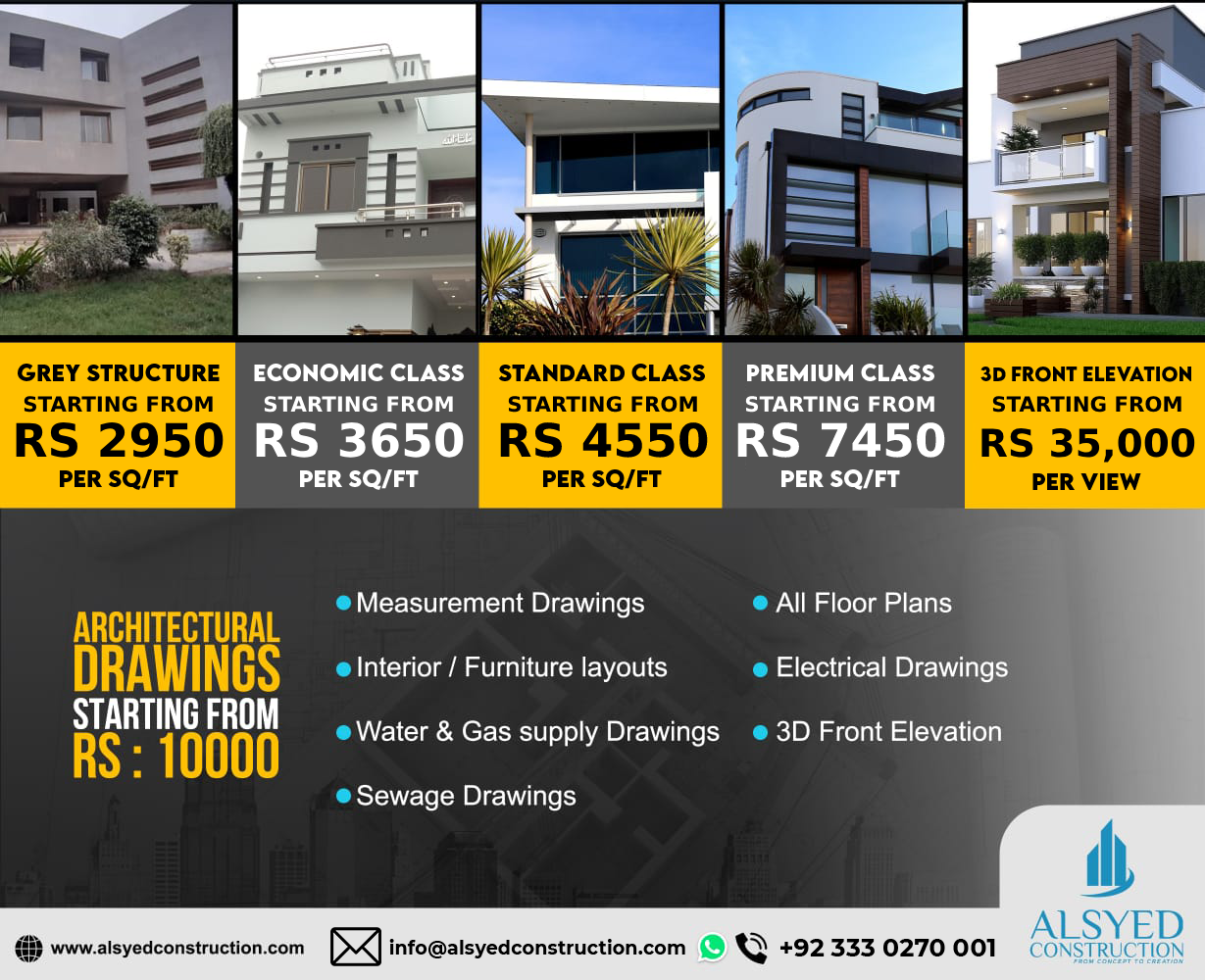Stick-Built Meaning in Construction in the USA
Understanding Stick-Built Construction
In the construction industry in the USA, the term stick-built refers to a method of building structures on-site, piece by piece, using wood framing or light-gauge steel framing. This technique is one of the most traditional and widely used forms of construction, particularly in residential housing, commercial buildings, and light industrial structures.
Unlike modular or panelized construction, where sections of a building are prefabricated in a factory and assembled on-site, stick-built homes and structures are constructed entirely at the construction site, giving architects and builders greater flexibility in design and customization.
Key Characteristics of Stick-Built Construction
1. On-Site Construction
In stick-built construction, every part of the structural frame, including studs, rafters, joists, and trusses, is cut, measured, and installed directly on the job site. This allows for adjustments and modifications based on real-time conditions.
2. Wood or Steel Framing
Stick-built structures are typically framed using dimensional lumber such as 2×4 or 2×6 wooden studs, or in some cases, light-gauge steel. Wood-framed construction is more common in residential buildings, while steel framing is often used in commercial applications due to its strength and fire resistance.
3. Traditional Framing Methods
Stick-built homes rely on platform framing or balloon framing:
- Platform Framing: The most common method, where floors are built one level at a time, with walls placed above each completed floor.
- Balloon Framing: Less common today, but used in older homes, where studs run continuously from the foundation to the roof.
4. Customization and Design Flexibility
Because everything is built on-site, stick-built construction allows for unlimited customization. Homeowners and architects have more freedom in choosing layouts, ceiling heights, room sizes, and architectural styles.
5. Longer Construction Time
Since every component is built from raw materials on-site, stick-built structures take longer to complete than prefabricated or modular buildings. Delays due to weather conditions, material availability, and labor scheduling can extend project timelines.
Advantages of Stick-Built Construction
1. Greater Design Flexibility
With stick-built construction, builders and homeowners have complete control over the design process, allowing for customized layouts, unique architectural details, and material choices that suit personal preferences.
2. Easier Modifications and Repairs
Unlike prefabricated homes, where modifications are limited, stick-built homes can be remodeled, expanded, or repaired more easily. Additional rooms, second floors, or extensions can be incorporated into the existing structure.
3. Accessibility of Materials
Most materials used in stick-built construction, such as wood, nails, screws, insulation, and drywall, are readily available at local lumberyards and hardware stores, making sourcing easier compared to prefabricated panels or modular components.
4. Strong Structural Integrity
When properly constructed, stick-built homes provide long-lasting durability. Wood-framed structures, if maintained well, can last for generations, especially when built with high-quality materials and protected from moisture damage.
5. Better Adaptation to Local Climate and Site Conditions
Since everything is built on-site, stick-built construction allows adjustments based on climate, soil conditions, and geographic challenges, ensuring better structural stability and efficiency.
Disadvantages of Stick-Built Construction
1. Longer Construction Time
Stick-built projects take significantly longer to complete than modular or panelized construction. Weather conditions, material delivery delays, and labor availability can extend the timeline.
2. Higher Labor Costs
Because skilled laborers are required for every step of the construction process, stick-built homes often come with higher labor costs compared to prefabricated or modular buildings.
3. Increased Waste and Material Costs
Since materials are cut and shaped on-site, there is typically more waste generated compared to factory-built components. This can lead to higher material costs and additional expenses for waste disposal.
4. Weather-Related Construction Delays
Unlike prefabricated construction, which occurs in a controlled factory environment, stick-built projects are exposed to weather conditions that can cause delays in framing, roofing, and finishing work.
Stick-Built vs. Modular Construction: Key Differences
| Feature | Stick-Built Construction | Modular Construction |
|---|---|---|
| Construction Location | Built entirely on-site | Prefabricated in a factory, then assembled on-site |
| Customization | Highly customizable | Limited customization |
| Construction Time | Longer | Faster due to factory assembly |
| Material Waste | More waste due to on-site cutting | Less waste due to precise factory measurements |
| Weather Impact | Can delay construction | Minimal impact since most work is done indoors |
| Structural Integrity | Strong and durable when built correctly | Equally strong but depends on transportation and assembly quality |
| Cost Efficiency | May have higher costs due to labor | Often more cost-effective due to lower labor and material waste |
Common Applications of Stick-Built Construction in the USA
1. Residential Homes
Stick-built construction is the most common method for single-family homes in the USA. It allows for customized layouts, energy-efficient insulation, and a variety of exterior finishes.
2. Small Commercial Buildings
Many retail stores, offices, and small warehouses are built using light wood or steel framing, offering affordability and adaptability.
3. Multi-Family Housing
Apartments, condominiums, and townhouses often use stick-built construction, particularly in suburban and urban developments where cost and efficiency are priorities.
4. Custom Cabins and Vacation Homes
Remote locations, such as mountain retreats, lake houses, and rural cabins, often rely on stick-built construction due to transportation limitations for prefabricated components.
Is Stick-Built Construction Right for Your Project?
Choosing stick-built construction depends on factors such as budget, timeline, and customization needs. If design flexibility and on-site customization are priorities, stick-built is the best option. However, for projects requiring speed and cost savings, modular construction might be a better choice.
Conclusion
Stick-built construction remains the most traditional and versatile method for residential and commercial buildings in the USA. While it requires longer construction times and skilled labor, its customization flexibility, accessibility of materials, and strong structural integrity make it a preferred choice for many builders.
By understanding the advantages, disadvantages, and key differences from modular construction, builders and homeowners can make informed decisions when selecting the best construction method for their projects.
[Hyperlink to competing article]

